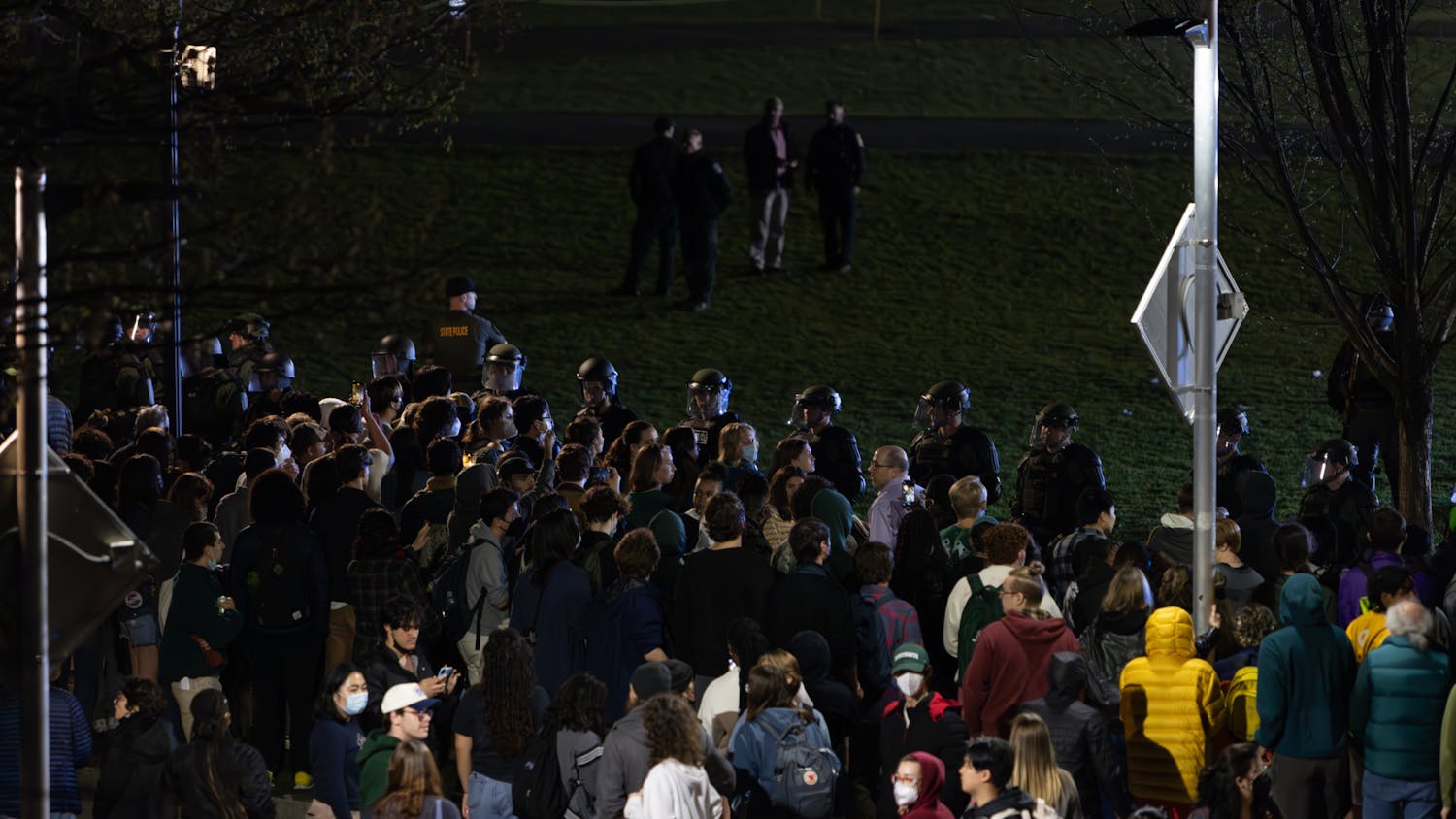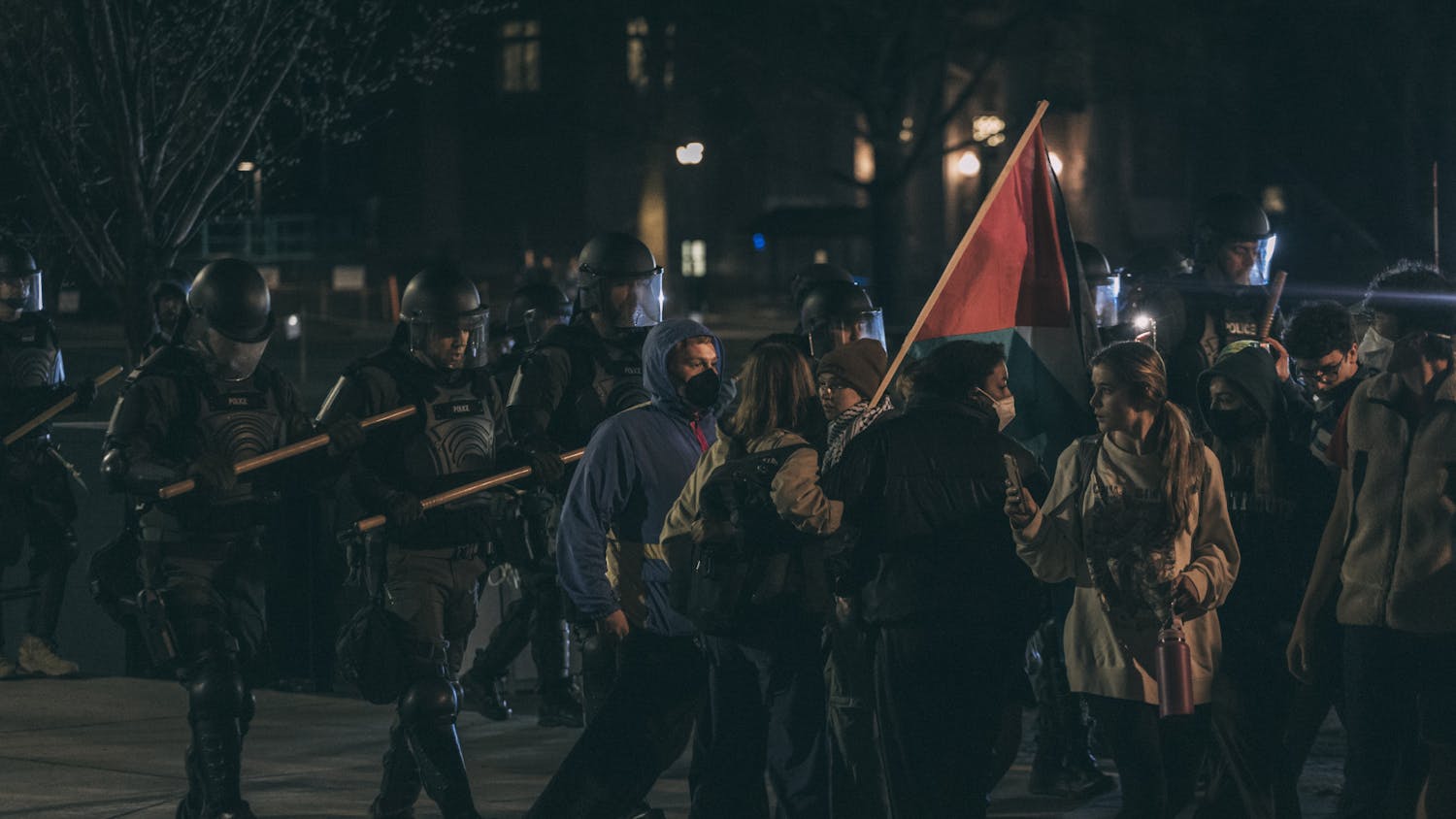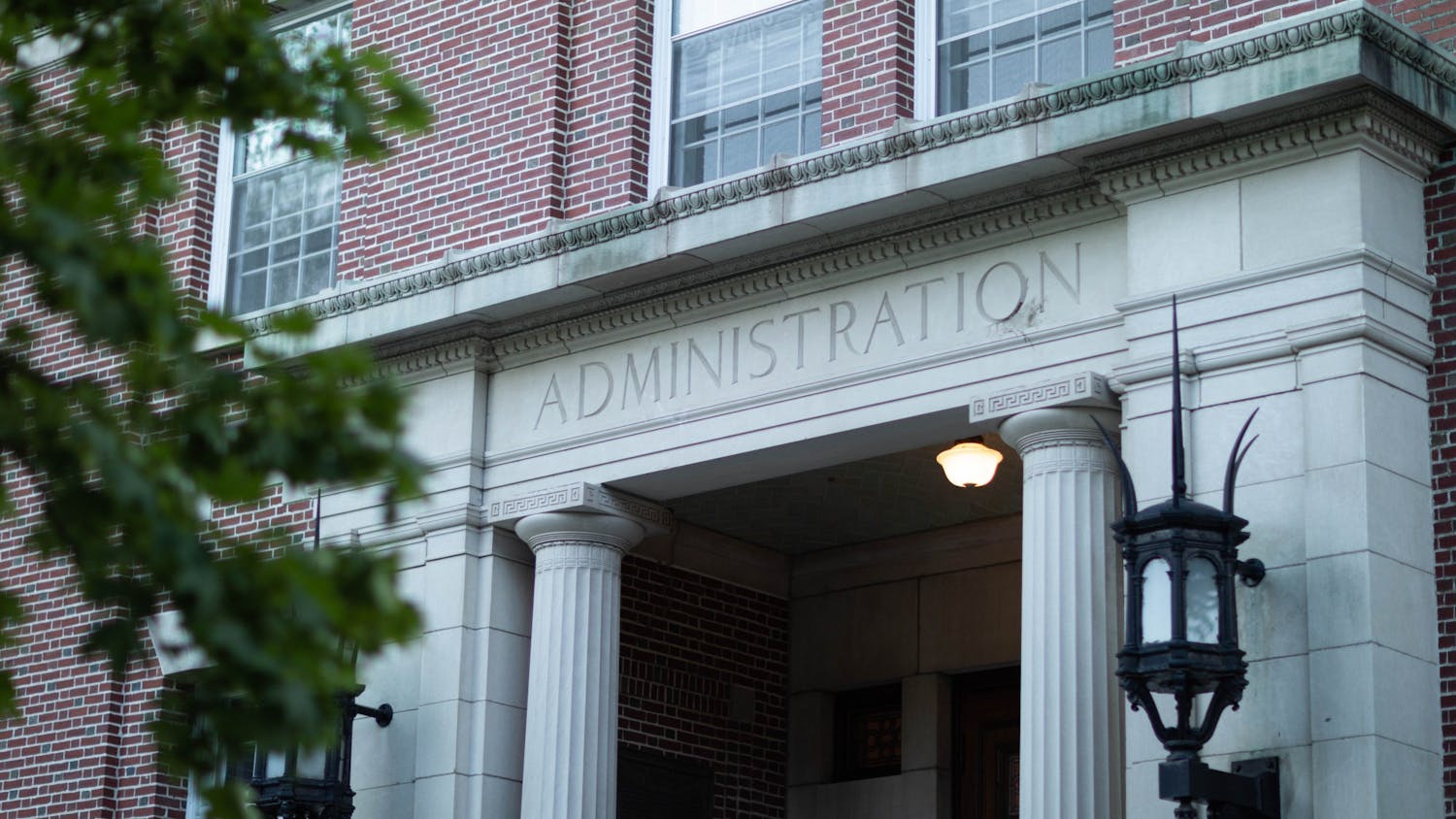Since education -- more than any other issue -- touches almost every voter personally, it is not surprising that both Republican candidate George W. Bush and Democratic candidate Al Gore have made education a central issue this campaign season.
This is the second in a series of Friday articles detailing the candidates' positions on major issues facing the nation and the world as the country prepares to elect a new leader on Nov. 7.
There are many key questions facing education today:
-- Will school vouchers hurt or help the nation's schools and the students who attend them?
--How are public schools going to accommodate the record number of students who are entering the educational system?
--How should schools allocate resources -- to physical plant, extra programs or teacher training?
--How should schools cope with rising levels of violence and the perceived lowering of values?
--Should schools be teaching morals or math?
Throughout this election season -- with its big focus on education -- voters have been challenged time and time again by the candidates to question whether it will be Bush or Gore who will catalyze changes in education for the next four years.
The basic difference between Bush and Gore on the education front is simply ideological.
Bush thinks individual states and parents should have power over how to educate their children. Gore thinks the federal government should drive most of the change in America's schools.
Bush's education goals
Following the typical Republican vein, Bush bases his education plan on economic incentives.
In Tuesday night's debate, moderator Jim Lehrer asked Bush whether it was possible to "change 100 percent of public education with six percent of the money."
Bush responded, "Well, I tell you, we can make a huge difference by saying, 'If you receive federal money, we expect you to show results.'"
In the debate, Bush emphasized his record on education as Governor of Texas, referring multiple times to the "Texas miracle" -- the elevation of test scores among school-aged children in Texas, especially minorities.
Although test scores have, in fact, risen on paper, critics have pointed out some negatives. Some say tests -- the keys to Bush's accountability program -- in Texas are too easy. Others, like Walter Haney, a Boston College researcher, say high dropout rates artificially boost test scores.
Nonetheless, most analysts claim some gains have been made in Texas under Bush's leadership, and throughout the campaign, Bush has tried to use figures like the shrinking gap between white and Hispanic test scores to prove that his education plan for the U.S. will work.
"Republicans and Democrats came together [in Texas] and asked the question, 'What can we do to make our public education the best in the country?'" Bush explained in Tuesday's debate. "And we've gone a long way working together to do so, and the cornerstone is to have strong accountability ... We encourage parents to take a look at the comparative results of schools. We've got a strong charter school movement that I signed the legislation to get started in the state of Texas."
Bush has consistently promised that the education system under his leadership will also turn out good solid citizens through increased school discipline and character education programs. Bush says these ethical goals do not come at the expense of increasing reading levels and testing schools for improvement.
Here are some of the key features of Bush's plan:
It provides $2 billion in new funding for after school programs.
It allots $1 billion over five years to Pell Grants for students who take college-level math and science classes while in high school.
It provides additional college financial aid to high school students who take advanced courses in math and science.
It allocates $1 billion to establishing a "Math and Science Partnership Fund" to strengthen k-12 math and science.
It allocates $5 billion to start a "Reading First" program so every child can read before third grade.
It supports the establishment of Education Savings Accounts.
It requires the federal government to regularly test schools' performances.
It triples spending on "character education."
It supports further development of charter schools.
It recruits new math and science teachers.
Gore's plan
Analysts have questioned the differences between Bush's and Gore's education plans. The candidates themselves acknowledge that their policies include certain similarities.
However, Gore's policy is driven more by fiscal spending than the financial incentives Bush advocates.
Throughout the campaigns, critics have asked whether after 24 years in Washington, Gore has enough outside experience to create new, effective policies. Gore has consistently rebuked this criticism by throwing in color stories of his own personal experiences on the campaign trail -- explaining how what he has seen will affect his policies as president.
In multiple public addresses, Gore has told of the school he visited in Dade County, Fl. where "the facilities are so overcrowded that children have to eat lunch in shifts, with the first shift for lunch starting at 9:30 in the morning."
In Tuesday's debate, Gore described the situation of 15-year-old Kaylee who attends Sarasota High School.
"Her science class was supposed to be for 24 students," Gore told the estimated 75 million debate viewers. "She is the 36th student in that classroom ... They can't squeeze another desk in for her, so she has to stand during class. I want the federal government, consistent with local control and new accountability, to make improvement of our schools the number one priority so Kaylee will have a desk and can sit down in a classroom where she can learn."
Some of the keys in Gore's education plan are:
He is against school vouchers for private, religious and home schools.
He supports a 10-year, $115 billion plan financed with 10 percent of the surplus.
He supports creating national education standards.
He proposes a National Tuition Savings Program, which will help parents pay tuition for out-of-state universities.
He supports Life Long Earning accounts that can be used after age 30.
He proposes teacher testing for all new teachers followed by evaluations after licensing.
He wants to raise teacher pay and hire 100,000 new teachers.
He supports modernizing schools -- improving physical plants and introducing the Internet.
Education is clearly one of the most important issues to voters coming into the Nov. 7 election. A number of polls conducted over the past year have shown middle-class Americans believe the education system needs improvement, but high percentages of voters still express some level of confidence in public schools.
Generally, the federal government currently only contributes about 8.5 percent of the full amount of funds spent on education. States and local governments pay the remainder.



